christoph.randler
Member
Dear community, thanks in advance for your patience - on Boavista/Cape Verde (13.8.2023 and 14.8.), I photographed a swallow which I identified without any hesitation as a barn swallow because it is reported as a passage migrant there. Now, back home, the short tail, and the relatively white undertail made me think twice. These are some traits of H. lucida (Borrow & Demey, 2014, Birds of Western Africa, p.319). There seem to be no observations on Cape Verde and probably only few in the Western Palearctic, probably because the taxon was not depicted in WP ID books or probably split recently (I have no information on split/lump, but probably some decades ago). I would be happy for some people with experience on both taxa for help. From a natural history view, there are no observations for barn swallows during summer Juli/August (following eBird), latest date reported for barn swallow was 20th June and earliest 9th August (Hazevoet 1995). So I am wondering whether birders visiting Cape Verde think about the possibility of occurrence of H. lucida at all (breeding just a few hundred km east in West Africa, and being translocated by easterly trade winds - passat?; intra-African migrant, movements not fully know following Borrow & Demey, 2014).
This thread is not intended to basically claim this species - I want to be very cautious about that, but probably make people sensitive to check Hirundo swallows more thoroughly (than I did ;-). Nevertheless, I would be thankful for ID hints for this bird. The images 3330 to 3389 were from 13.8.2023, images 3419-3427 were from 14.8. [so cannot rule out a different individual], all images at Lacacao Sewage Pond near hotel Riu Touareg.
This thread is not intended to basically claim this species - I want to be very cautious about that, but probably make people sensitive to check Hirundo swallows more thoroughly (than I did ;-). Nevertheless, I would be thankful for ID hints for this bird. The images 3330 to 3389 were from 13.8.2023, images 3419-3427 were from 14.8. [so cannot rule out a different individual], all images at Lacacao Sewage Pond near hotel Riu Touareg.
Attachments
-
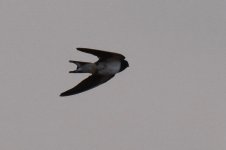 DSC_3330.JPG111.2 KB · Views: 39
DSC_3330.JPG111.2 KB · Views: 39 -
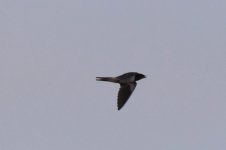 DSC_3333.JPG181.1 KB · Views: 38
DSC_3333.JPG181.1 KB · Views: 38 -
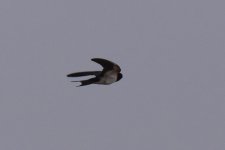 DSC_3336.JPG113.8 KB · Views: 31
DSC_3336.JPG113.8 KB · Views: 31 -
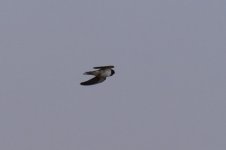 DSC_3338.JPG135.5 KB · Views: 31
DSC_3338.JPG135.5 KB · Views: 31 -
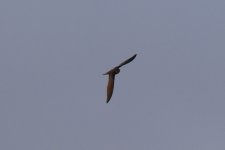 DSC_3342.JPG229.7 KB · Views: 31
DSC_3342.JPG229.7 KB · Views: 31 -
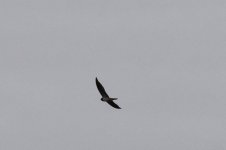 DSC_3361.JPG112.1 KB · Views: 27
DSC_3361.JPG112.1 KB · Views: 27 -
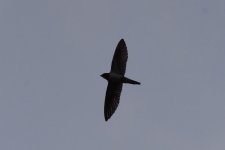 DSC_3374.JPG230.1 KB · Views: 28
DSC_3374.JPG230.1 KB · Views: 28 -
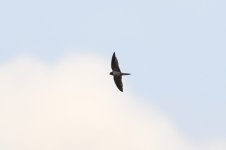 DSC_3389.JPG29.9 KB · Views: 36
DSC_3389.JPG29.9 KB · Views: 36 -
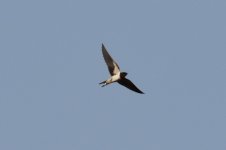 DSC_3419.JPG111.7 KB · Views: 35
DSC_3419.JPG111.7 KB · Views: 35 -
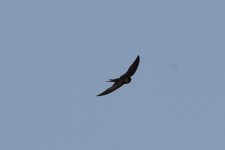 DSC_3420.JPG121.6 KB · Views: 34
DSC_3420.JPG121.6 KB · Views: 34 -
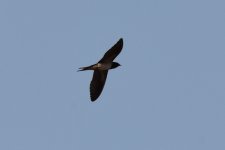 DSC_3421.JPG143.2 KB · Views: 26
DSC_3421.JPG143.2 KB · Views: 26 -
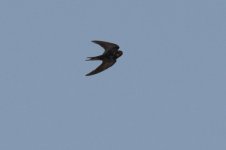 DSC_3426.JPG55.3 KB · Views: 25
DSC_3426.JPG55.3 KB · Views: 25 -
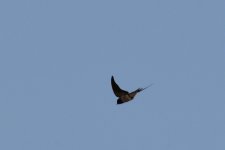 DSC_3427.JPG132.8 KB · Views: 29
DSC_3427.JPG132.8 KB · Views: 29 -
 Präsentation1.jpg105.9 KB · Views: 41
Präsentation1.jpg105.9 KB · Views: 41





